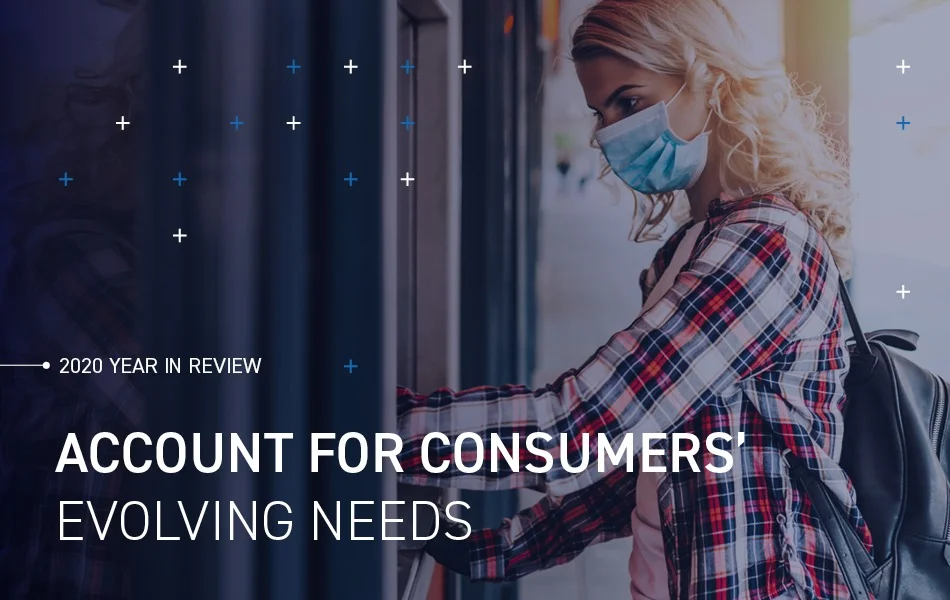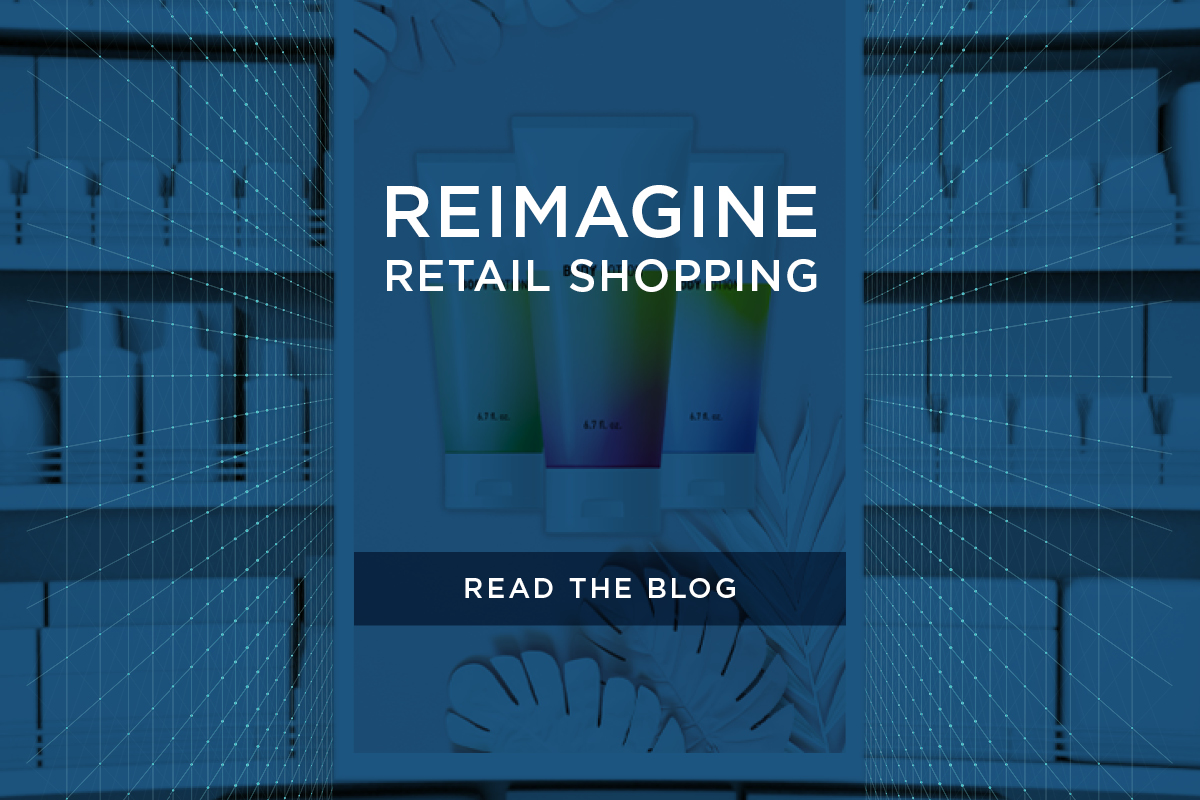Summary
In a word, 2020 has been about change. The workplace has changed, socialization has changed, and the consumer experience isn’t what it once was.
Throughout all of this change, Valassis has observed and reported on how these circumstances affected consumer sentiment, consumer buying preferences, and the subsequent shifts in buying behavior.
As we all prepare for the calendar to turn, we’re reviewing the major consumer sentiment themes from this past to inspire your 2021 marketing efforts.
The Concept of Brand Loyalty Continued to Evolve
Pandemic-induced product shortages, along with an increased need for savings and convenience, have called the very concept of brand loyalty into question. Some consumers are conducting all of their shopping online, which has exposed them to new options and made brand loyalty less of a given. Consumers no longer feel beholden to certain brands just because “that’s what they’ve always done,” allowing circumstances and other factors to influence brand and product choices.
Smart marketers reconsidered their strategies for building and maintaining brand loyalty, leveraging the increase of online shopping and embracing alternative product delivery opportunities like BOPIS, curbside pickup, and home delivery.
Additional Insights:
- “What Shifting Consumer Loyalty Means for Retailers”
- “Considerations for Building Brand Loyalty Today”
Direct Mail Experienced a Resurgence
With more people working from home, brands tapped into the power of direct mail. Physical mailboxes just weren’t as full as email inboxes, and nearly one-third of consumers were spending more time reading mail and print ads, according to a Valassis survey. What’s more, the Valassis Consumer Intel Report found that consumers were looking for deals in their mailbox: 68% of consumers reported using direct mail coupons — it was even higher for Millennials at 82%.
Additional Insights:
Social Responsibility Grew in Importance
In 2020, consumers expected a lot more from their favorite brands. More than 40% of consumers reported to Valassis that they valued buying from brands with similar values to their own. Amid the other pressures of the year, consumers wanted companies to take a stand — and were more likely to make changes in buying behavior based on how brands stood on social causes.
Additional Insights:
Value Was Highly Valued
Buyer incentives held a lot of sway over purchase decisions. According to a Valassis survey, more than half of all consumers made impulse purchases after receiving a coupon or discount. Offering a deal may be enough to prompt lapsed customers to come back while enticing other shoppers to give your brand a try.
But pre-purchase discounts and coupon inserts aren’t the only means for offering value to consumers. With Millennials and Gen Z often scanning receipts for post-purchase rewards, you’re missing out on an opportunity to drive repeat purchases by neglecting to provide exclusive offers, bonus points, or other buyer incentives.
Additional Insights:
- “Learning From the Great Recession: The Power of a Coupon Marketing Strategy (Part 1)”
- “What Loyalty Looks Like Today”
Consumers Focused on Self-Care
Not all purchase decisions were based solely on awareness, convenience, or value. In 2020, those decisions sometimes boiled down to peace of mind. Brands and retailers that offered consumers a sense of security or respite during times of uncertainty were able to increase engagement and trust while working toward the ever-evolving concept of brand loyalty. Ultimately, the winners viewed and engaged with consumers as human beings first.
Additional Insights:
The Year That Was
If we’ve learned anything this year, it’s that consumer preferences change all of the time. Consumer behavior has never been static, so your marketing efforts shouldn’t be either. Valassis can help you account for consumers’ evolving needs in 2021 for even greater brand relevance in the new year and beyond.
Are you looking for more insights into the minds of consumers? Download the “2020 Valassis Consumer Intel Report” to take a deeper dive into the aforementioned trends (among others).
Matthew Tilley is a senior director of marketing for Valassis and leads content marketing for the company. He has more than 20 years of experience in digital advertising and consumer promotions to develop, communicate, and distribute ideas to make modern marketers more effective.



